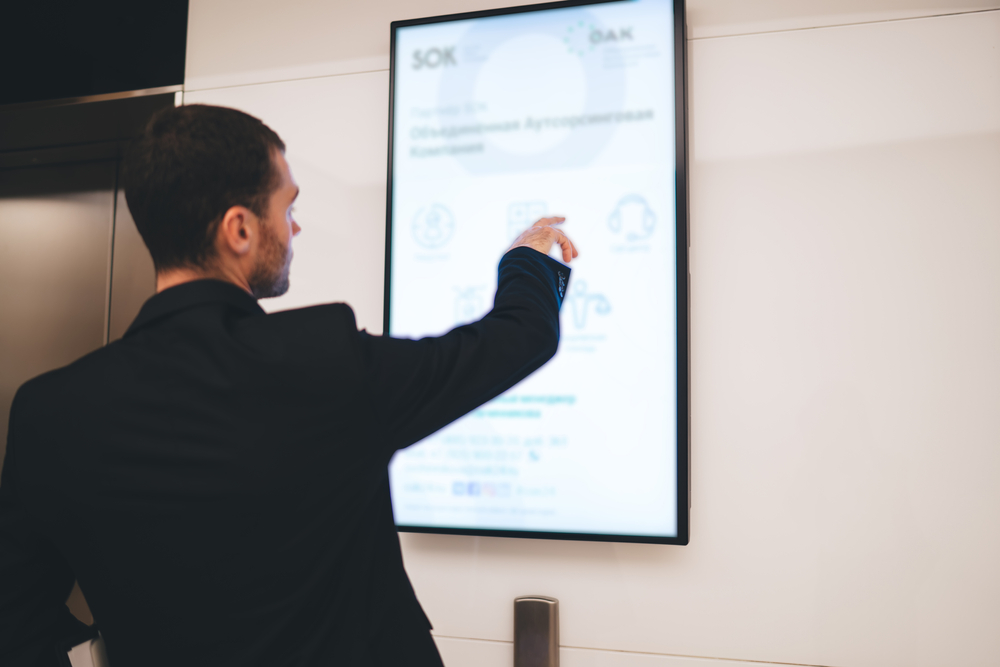Why Trial Presentations Should Be Tailored to Your Audience for Maximum Effectiveness
Why Trial Presentations Should Be Tailored to Your Audience for Maximum Effectiveness
Blog Article
The Power of Visuals in Test Presentations for a Winning Debate
The integration of visuals in test presentations has arised as a critical element in properly communicating complicated disagreements to jurors. By making use of various kinds of aesthetic help-- be it diagrams, pictures, or computer animations-- lawyers can improve understanding and retention, inevitably shaping the court's assumption of the situation. This strategy not only clarifies complex narratives yet likewise establishes an emotional resonance that can affect decision-making. As we explore the nuances of this strategy, it becomes necessary to consider just how certain kinds of visuals can make a considerable distinction in trial results. What functional strategies might lawyers use to maximize this capacity?
Significance of Visuals in Tests
In many legal setups, visuals play a crucial role in enhancing the effectiveness of test presentations. The assimilation of visual elements can significantly influence jurors' understanding and retention of intricate information, thereby forming their assumptions and choices. Visuals, such as graphes, diagrams, and photographs, can simplify complex stories, making them much more obtainable and engaging.
Moreover, the human mind procedures visual details much more successfully than message, which highlights the significance of incorporating visuals right into lawful arguments. By converting dense lawful concepts into visual styles, lawyers can help with clearer interaction, ensuring that bottom lines are not ignored throughout trials.
In addition, visuals offer to engage jurors on an emotional level, promoting a connection to the instance that words alone might fall short to achieve. The critical use of visuals can stimulate compassion, triggering jurors to take into consideration the human aspects of the case.
Eventually, the value of visuals in tests lies in their capability to improve quality, boost juror involvement, and reinforce the narrative existing. This powerful mix is important for crafting persuasive arguments that resonate with jurors and affect the outcome of lawful process.
Kinds of Visuals to Make Use Of
Efficient trial discussions can substantially profit from a range of visual devices that accommodate different facets of the situation. trial presentations. Using diagrams and graphes can successfully break down complicated info, making it extra digestible for jurors. Flowcharts can illustrate the sequence of events, while bar charts might succinctly contrast pertinent data factors.

Animations and simulations can likewise play an essential duty, especially in cases entailing technical data or elaborate circumstances. These visuals can dynamically stand for processes or activities, supplying you could try here clarity and interaction that static images might not accomplish.
Furthermore, infographics integrate text and visuals to sum up important information effectively. They can offer timelines, stats, and substantial instance points in a visually enticing fashion, making it less complicated for jurors to comply with the disagreement.
Enhancing Comprehension and Retention

Enhancing comprehension and retention during trial presentations is critical for making sure that jurors realize the necessary elements of a case. Aesthetic help serve as powerful devices hereof, converting intricate details into quickly absorbable formats. By making use of graphes, representations, and infographics, lawyers can simplify elaborate information and emphasize essential points that may otherwise be neglected.
Research studies have actually revealed that individuals keep information substantially much better when it exists visually. This is specifically important in a test setup, where jurors may be overwhelmed by the quantity of evidence and testimony. By purposefully incorporating visuals, attorneys can direct jurors' focus to the most crucial elements of the case, enhancing their understanding and memory of the product provided.

Producing Engaging Discussions
Exciting jurors' focus throughout test presentations is important for conveying an engaging narrative. Involving discussions take advantage of aesthetic elements to produce a memorable experience that reverberates with jurors. The calculated use graphics, animations, and videos can clarify intricate information, making it more available and relatable.

In addition, integrating storytelling methods can improve involvement. Presenting evidence in a logical series that constructs sob story enables jurors to get in touch with the material on a personal degree. Varying discussion layouts, such as incorporating short video or interactive aspects, can likewise receive rate of interest and attention throughout the trial.
Ultimately, an engaging discussion promotes a much more profound understanding of the instance, enabling jurors to better value the arguments being presented and causing an extra desirable end result.
Situation Studies and Success Stories
Various case researches highlight the substantial effect of visuals in trial discussions, showing their capability to influence juror assumptions and ultimately the dig this results of cases. A notable case entailing a personal injury case showed just how the usage of a 3D computer animation of the crash scene cleared up complicated information. Jurors reported feeling even more informed and understanding, dramatically guiding their decision for the plaintiff.
In one more instance, a corporate lawsuits instance utilized infographics to existing financial data and timelines, making detailed information obtainable. The graph enabled jurors to grasp the nuances of the situation more efficiently than spoken explanations alone. trial presentations. Consequently, the court returned a judgment that exceeded the customer's assumptions
The engaging visuals not just assisted in creating uncertainty but additionally resonated emotionally with jurors, leading to an acquittal. These success stories underscore the requirement of integrating visuals into trial discussions, as they enhance understanding, retention, and ultimately, the persuasive power of legal arguments.
Conclusion
In conclusion, the strategic incorporation of visuals in trial discussions significantly enhances jurors' understanding and retention of complicated details. Involving discussions, sustained by compelling instance studies, show the profound impact that visuals can have on convincing communication.
Report this page